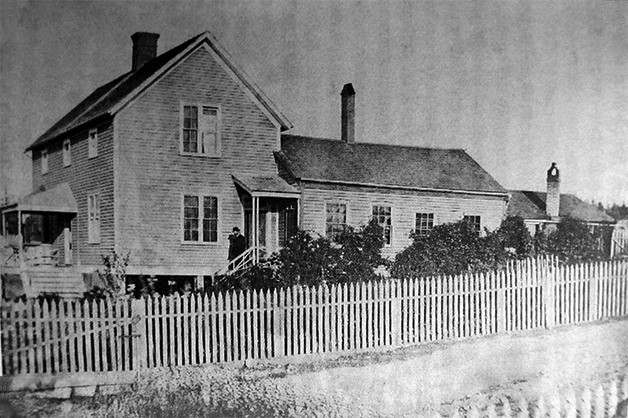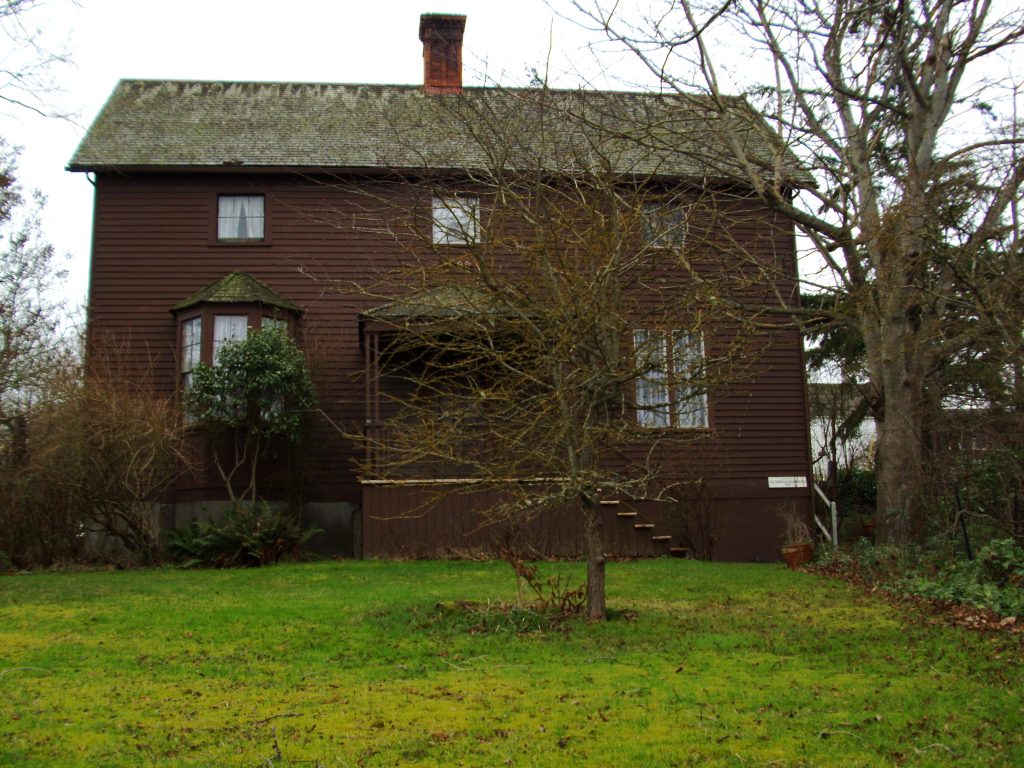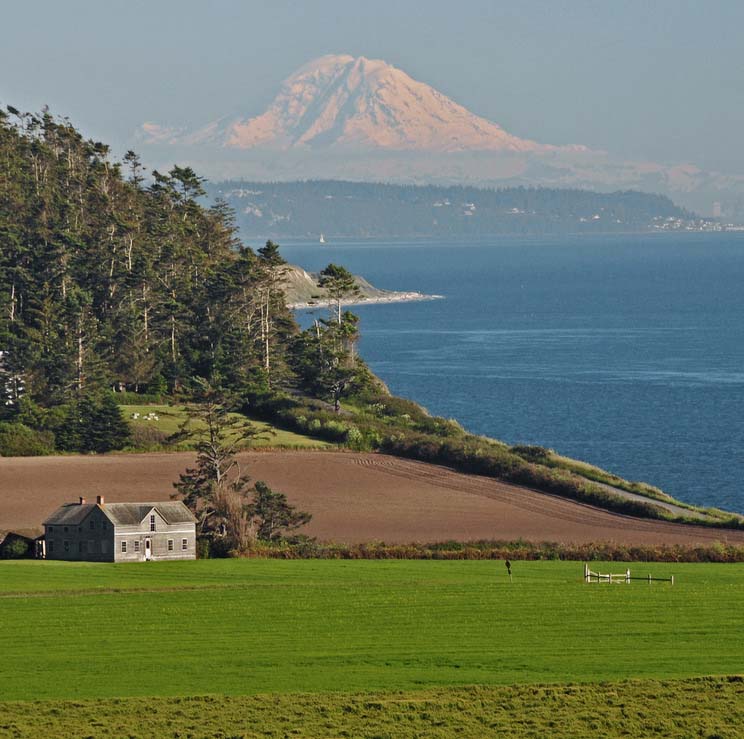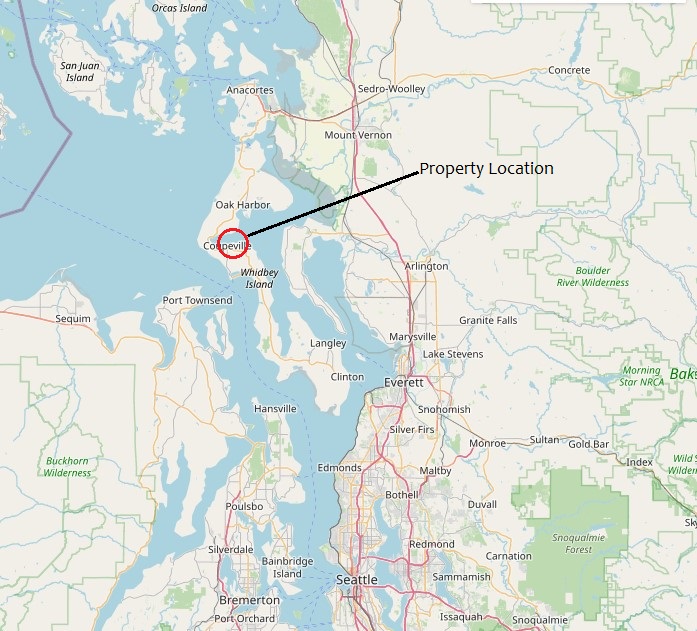Protected Park
Ebey’s Landing National Historical Reserve, WA

In 1978, Ebey’s Landing in Washington state was established as Ebey’s Landing National Historical Reserve. Fast forward 40 years to 2018; National Park Trust worked with Historic Whidbey, National Park Foundation, National Park Service, & numerous local partners to add land and property to the park.
The Reserve covers about 17,500 acres on Whidbey Island, including the town of Coupeville. Though 85% is privately owned, the National Park Service holds conservation easements on over 2,000 acres of land and owns 684 acres. Several buildings in the Reserve date to the 1850s and 1860s, the primary settlement period that helped determine the border between the U.S. and the United Kingdom. Read the press release here.




The Reserve is unique in the National Park System; it is governed by a Trust Board composed of members representing the Town of Coupeville, Island County, Washington State Parks, and the National Park Service (1 member from NPS). They manage it to preserve the open space, historic landscape and buildings, and the combined rural and natural character of the area. Protection as a reserve is important because Ebey’s Landing is close to the urban expanding and developing area around Seattle and Tacoma. The Trust Board formally approved the acquisition by NPS and Historic Whidbey of the property.

Project Details:
Project Year: 2019
Parcel Size: 0.49 acres
Project Value: $375,000
Long Term Significance of the Acquisition:
- The acquisition of this property preserves the Haller House, built in 1857 and expanded in 1866.
- Its restoration will enhance the appearance and support the historic appearance of the entire neighborhood.
- The shoreline property will eliminate the possibility of development incompatible with the purpose of the Historical Reserve, and preserve natural and scenic views of Penn Cove.
Value to the Park and Public:
- House that is well-preserved from its original condition
- Natural shoreline
- Helps to preserve the historic scene
- Prevents non-historical development along the shoreline








